


Truth Candy is a group exhibition brought to you by the New Media Arts Capstone students of Spring 2017.
View Exhibition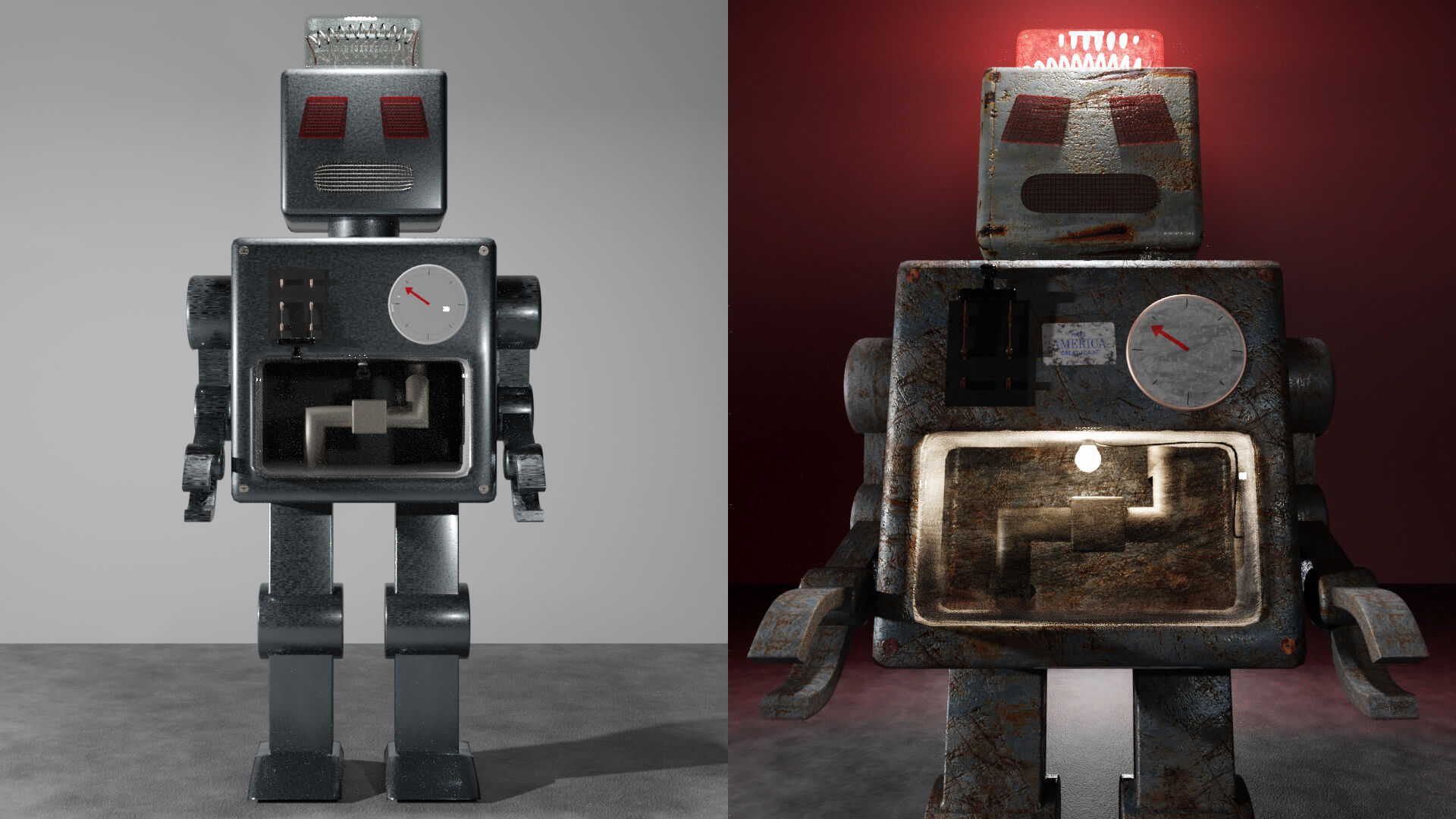
Remember The Future? by Max Cohen is a series of 3D rendered stills showcasing retro-futuristic objects such as rocket ships, humanoid robots, and ray guns. Each item is displayed side-by-side with another version of itself; the two versions illustrate the depictions of how people in the early 20th century envisioned the future versus how people view them now.
The left version of one object is clean and polished as if a photo was taken right after it was made in the 1950s. In contrast, the right version of the same object looks rusted and decayed as if the object was abandoned or forgotten. The deteriorated object appears as if it was newly discovered many years later. Each version appearing on the right side bears a decal that says “Make America Great Again.” While the left image represents futurist faith in progress, the right image represents conservatism, an idea that assumes that there was a specific time in the past when people got everything right.
Conservatism leads to people’s being overly persistent. They become unwilling to grow or accept changes in any form, and forget that the world is constantly changing, either for better or for worse.

We The People… by Chase Kaye, is a contemporary video piece, featuring appropriated footage from both traditional media and personal recordings. It serves as a criticism of American culture, especially the notion that the United States is the single greatest country on Earth, which is frequently touted as an undisputable truth.
We The People… does this by showcasing injustices faced by the American people, contrasting them with the indifference and carelessness commonly displayed by American politicians. In doing this, it gives us some insight as to why claims of America’s supreme greatness are still proclaimed so enthusiastically, which is the lack of proper media attention to issues of injustice and inequality.
This message also highlights the importance of personal recordings and social networks as a tool for citizens to be able to inform each other about the world, instead of just relying on traditional media, and sheds light on the disconnect between social media and broadcast media.
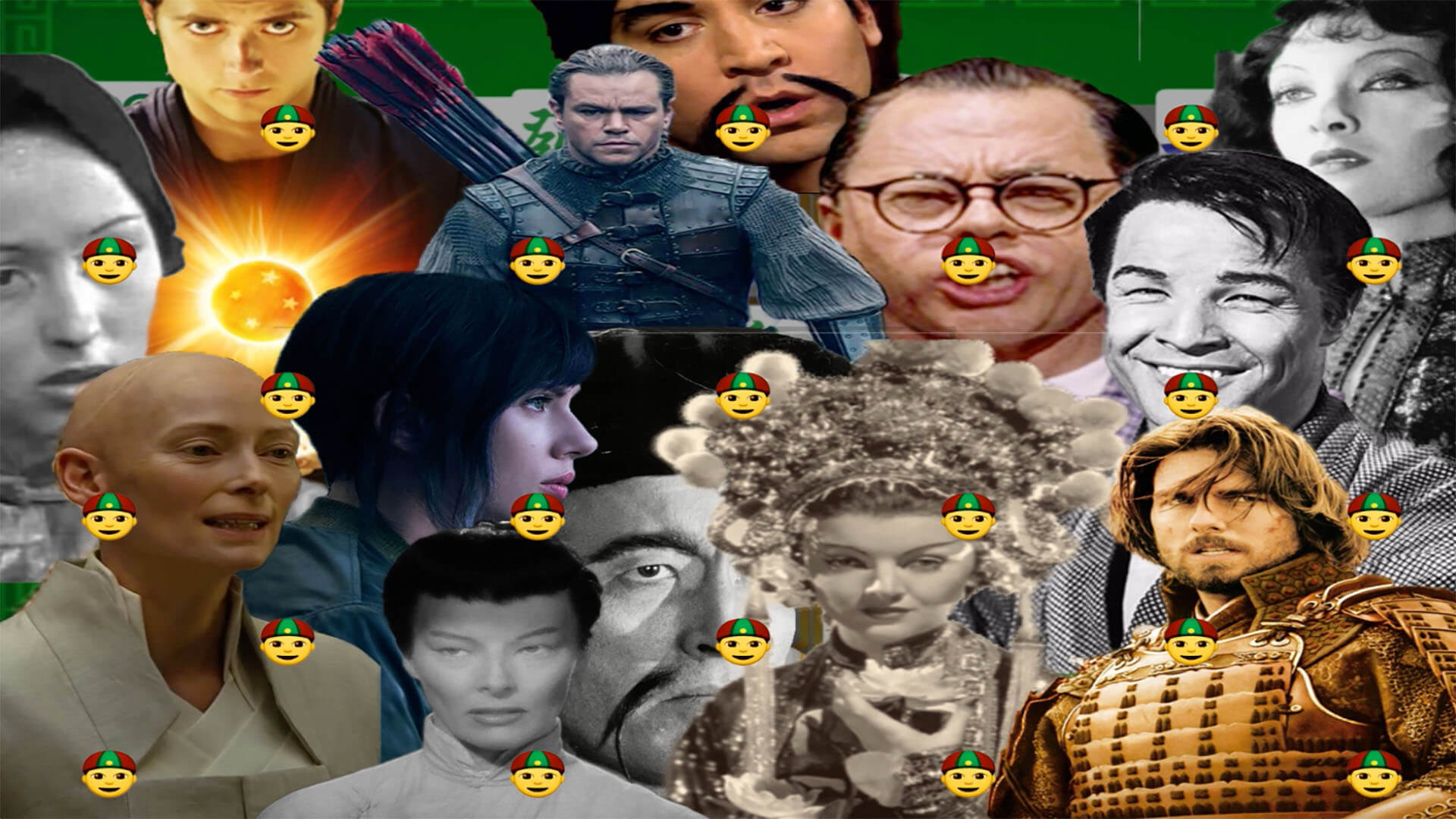
Joeleen Moy’s work explores the world around her through the lens of her experiences as an Asian American and millennial. Her work Surface Tension explores the identity of Asian Americans in the United States and their struggles to face the issue of racism and stereotypes in their community today.
As a passionate storyteller, Moy opens an abstract perspective on how Asian Americans experience racial and stereotypical stigmas in Western Society. She appropriates pieces of pop culture to create collages and abstract images that are highly thought provoking with respect to the way immigrants are viewed and marginalized in the US. In this 3-minute video, fragments of art and popular culture are combined together to convey a message about underlying injustices and the mistreatment of immigrants, and specifically Asian Americans.
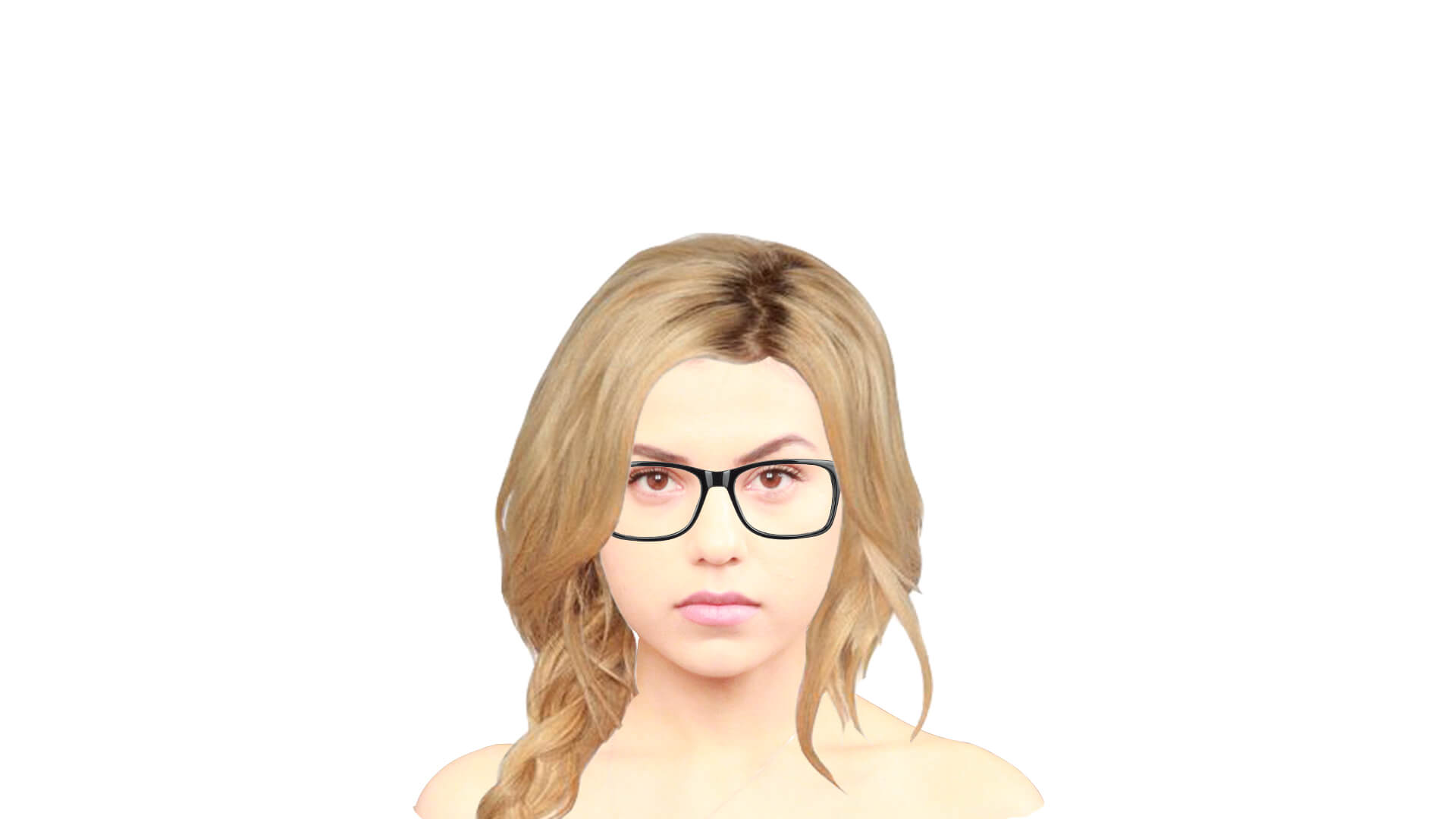
As an American Muslim, Aliza Naqvi focuses on how an individual can be perceived differently in a society just because of mere accessories. In her animation work, Labels, she layers accessories and hairstyles on and off the face of a constant individual to reflect different stereotypes. Through this visual experience, Naqvi addresses a topic of constant concern and discussion in today’s society, which is how other people perceive and label individuals into a specific category just because of their appearance.
We often hear people stress that they are not racist or have not labeled anyone. But in subtle life experience, people often unconsciously show the opposite behavior. Naqvi wants to use this animation as a medium to make people intuitively experience their own assumptions about various groups, sects, status, religions, gender and sexuality. The artist attempts to lift surface appearances so as to reveal a common inner self, and promote a more comprehensive and tolerant understanding of our society.
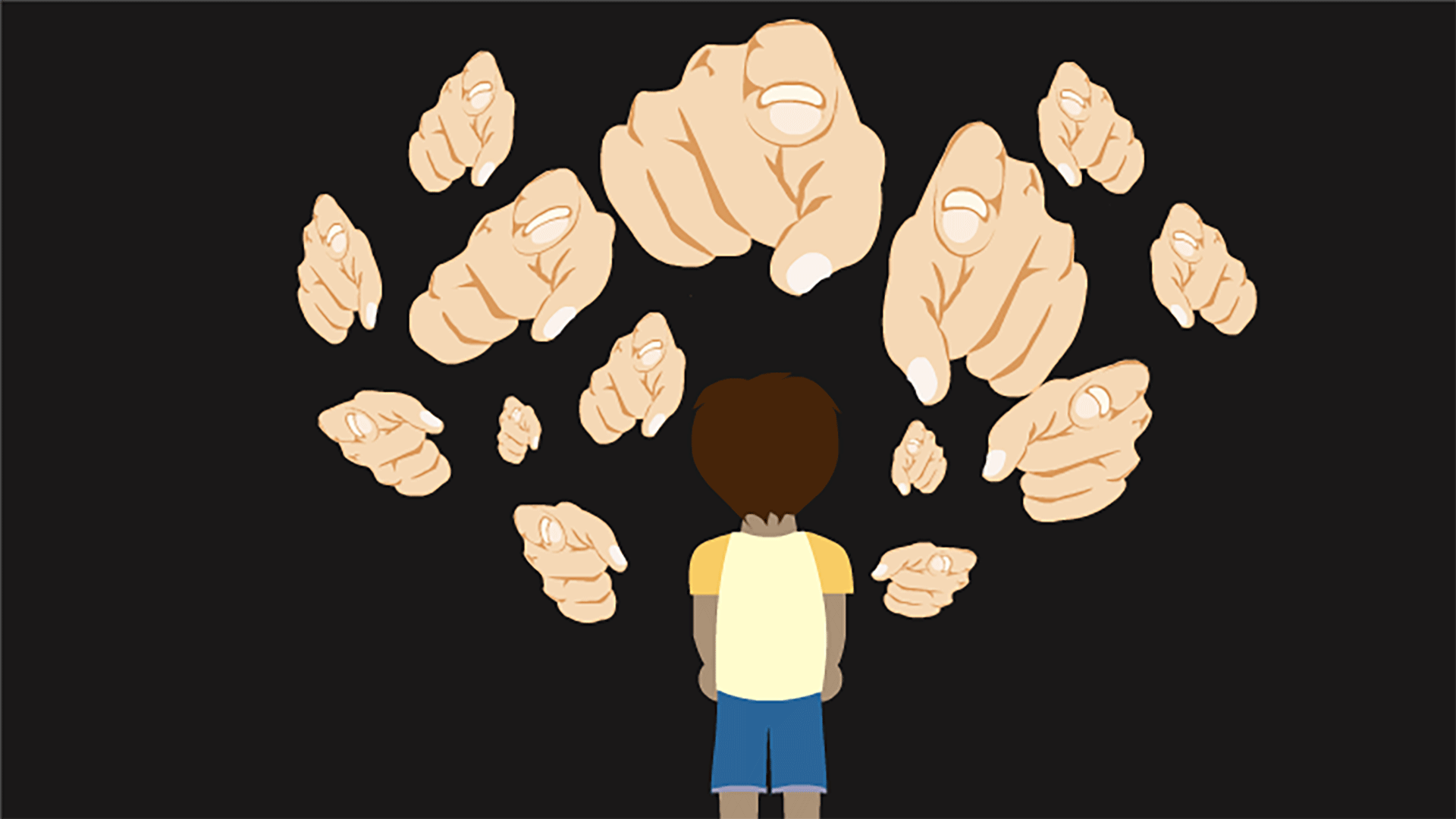
In light of the recent modifications in immigration laws, Kalin Chuwong’s animation, What now? illustrates the challenges faced by immigrants in America. The rash political decisions that have been made recently have significantly affected immigrants and have instilled feelings of fear and animosity within the general population.
Chuwong uses this piece to increase awareness about this issue through an animated glimpse into the psychology of a young boy. The main character undergoes a whirlwind of unfortunate events that unfold leading to greater and greater emotional isolation. As the chaos unravels, families are separated, dreams are crushed, identities are lost, and uncertainty surrounds the future of immigrants.
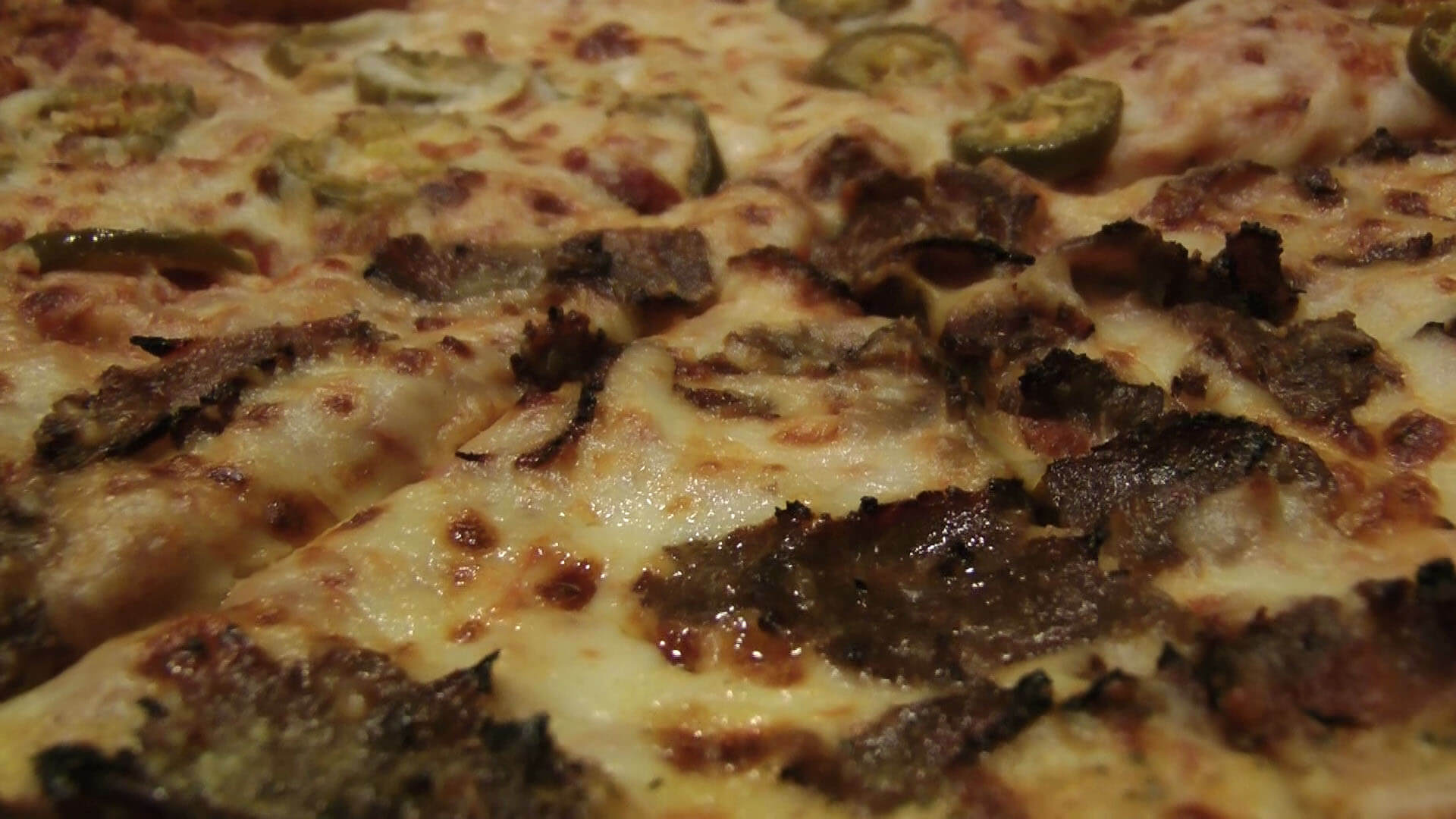
Cheese in NYC Adrielle Cabahug is a video art project which raises awareness about stereotypes and diversity in New York City. The iconic NYC food symbol, pizza, illustrates the community of New York. The diversity of toppings represents the variety of ethnic groups that coexist side by side. Cabahug uses spoken word to express her feelings about stereotypes, while showing a variety of pizza toppings.
For example, she uses pineapple and bacon to represent stereotypical ethnic groups that are perceived to have rising tensions. She films different types of toppings that represent different opinions. Not all people will have the same taste about pizza toppings, which is symbolized by the pulling and separation of the cheese on the pizza. Despite this, Cabahug advocates for respecting different opinions while embracing an inclusive community.
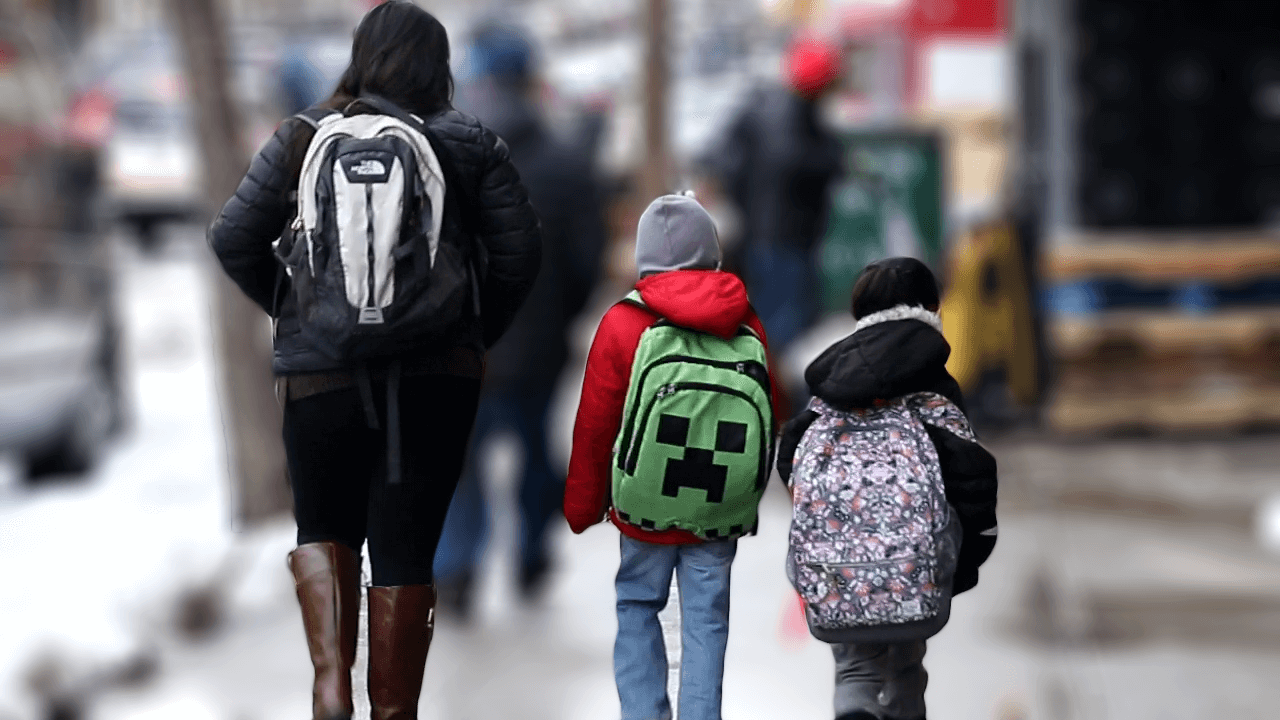
Estefany Gonzaga is an advocate for higher education, student success, and single mothers in college. She uses her abilities as a graphic designer and new media artist to bring awareness to these issues. My Mom Has A Bookbag presents the challenges and rewards that a single mother is faced with while being in college through the eyes of her children.
This unique situation sheds light on a mother’s will for continuous learning, wisdom, and the weight on her shoulders as her children model their mother’s behavior. The video follows the lives of three mothers and their children, who talk about what they see and think about their mothers. Through their own narration, the children embrace the hard work their mothers do for them.
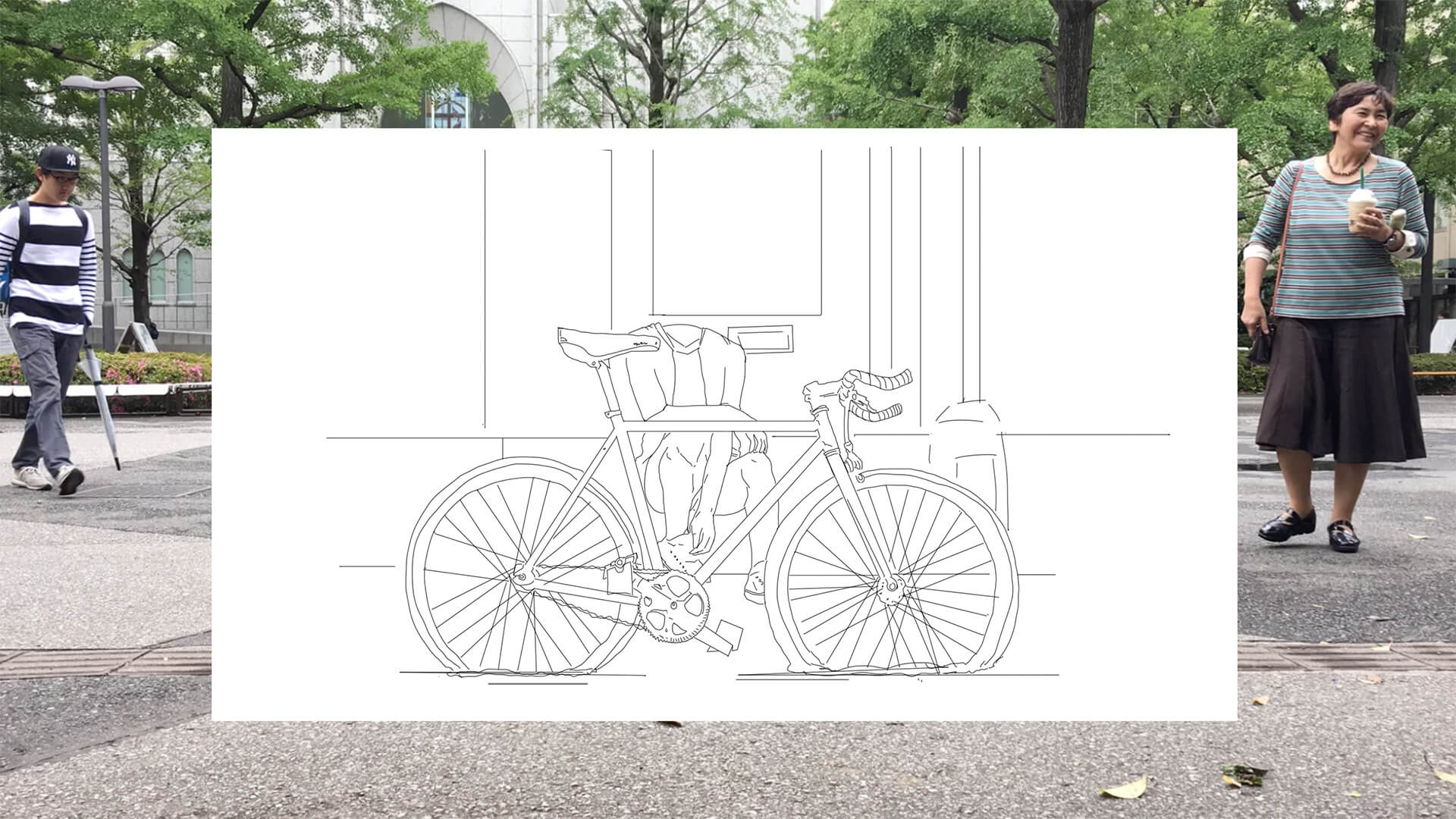
Enoch Sup Lee’s Exposure Diagnosis is a critical examination of internships, freelance contracts, and the like that do not favor or benefit artists. The ethics of the business world is in a downward spiral, forcing artists to work for little to no compensation in the hopes that mere ‘exposure’ will benefit them later in their careers. Exposure Diagnosis showcases the struggle of aspiring artists when it comes to getting fairly compensated for their works.
Throughout the video, an artist without a face create drawings in time lapse. The artist is faceless to represent that businesses only care about the work that is produced and not the artist who creates it. The rapidly repeating time lapses of the slow process of drawing represent how prominent this form of working is in today’s creative industries. To emphasize this point, an appropriated dialogue portrays an average businessman’s conversation with an artist and exposes the absurdity of this economic model.
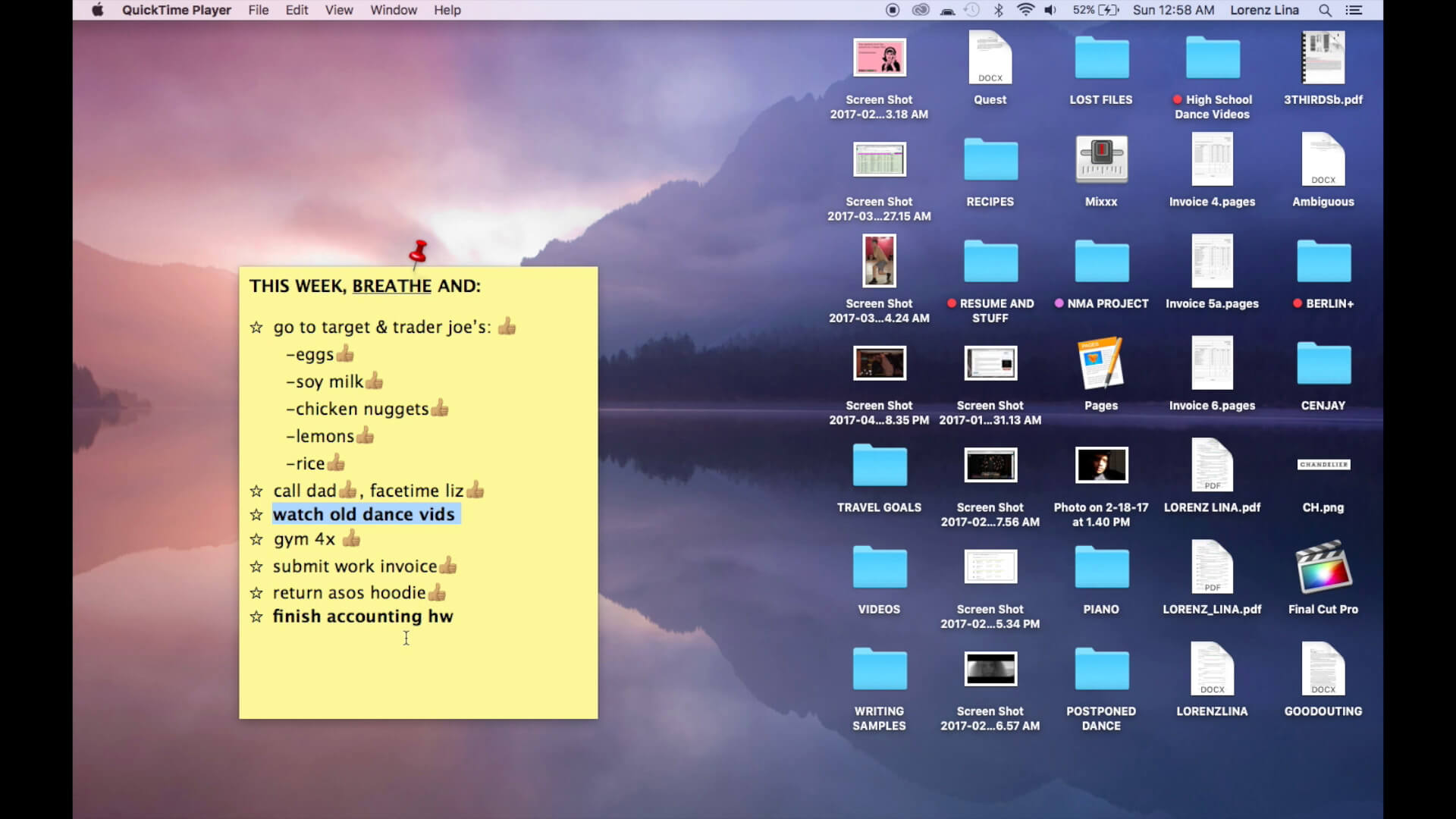
In his video, Postponed Dance, Lorenz Lina concentrates on relearning his dancing skills. This experimental project begins by showcasing Lina’s past life as a versatile dancer and choreographer through old footage of his high school dance competitions. After reviewing his old work, Lina reawakens his passion for dancing. The video documents the challenging process of relearning this skill, culminating in a performance. The audience can witness the differences between his youthful performances and his current state as a performer.
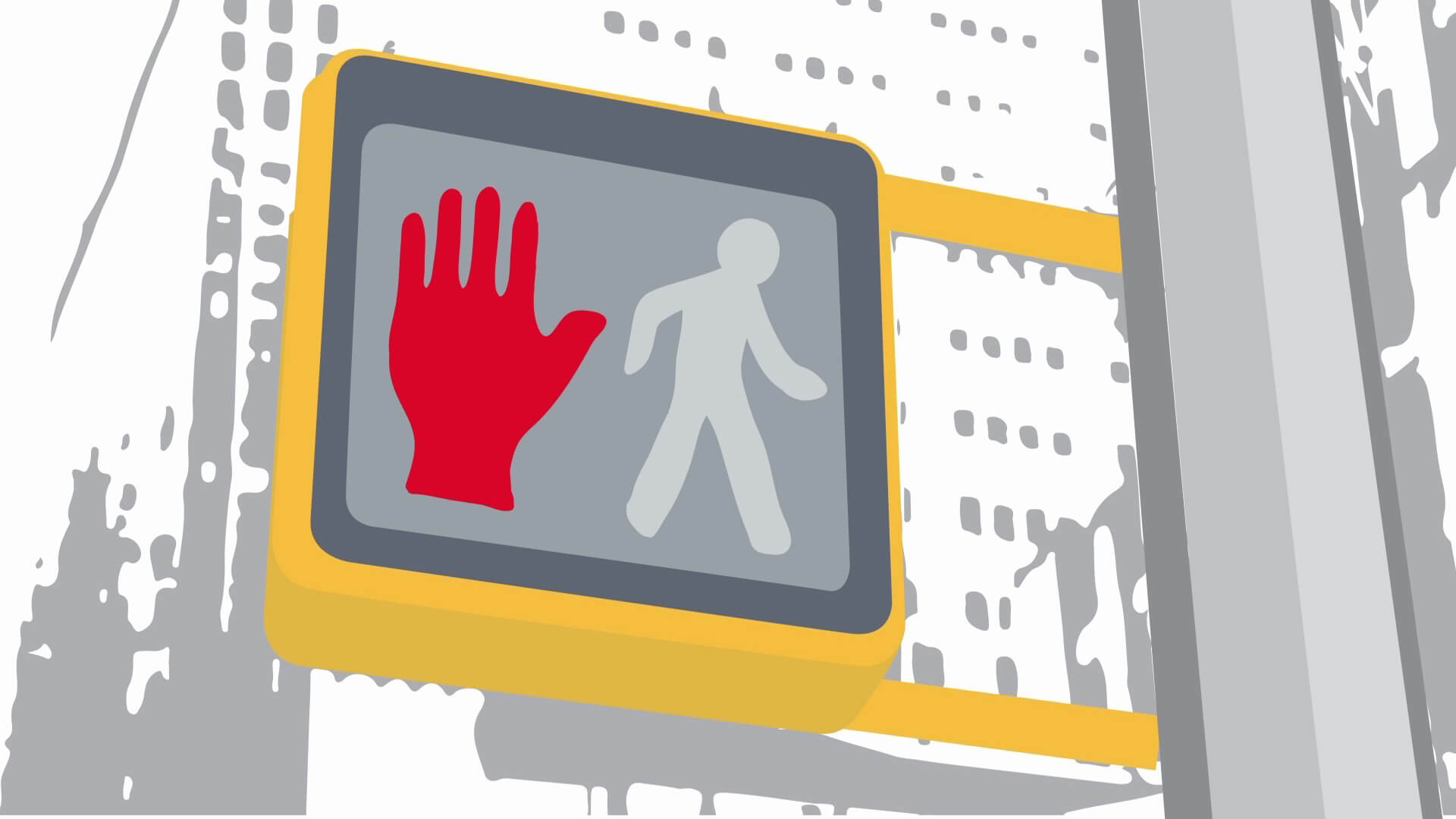
Daily Dissatisfaction is an animation that highlights relatable personal frustrations from everyday activities. Many of us have experienced daily frustrations and struggles, from malfunctioning pedestrian lights, to waiting on a text from a friend, to waiting for a video to load. The majority of us feel some sort of daily dissatisfaction in our lives. Jaime Huang demonstrates these frustrations through beautifully illustrated, minimal vector animations. Her video compiles a series of unsatisfying situations which many viewers will be able relate to from personal experience.
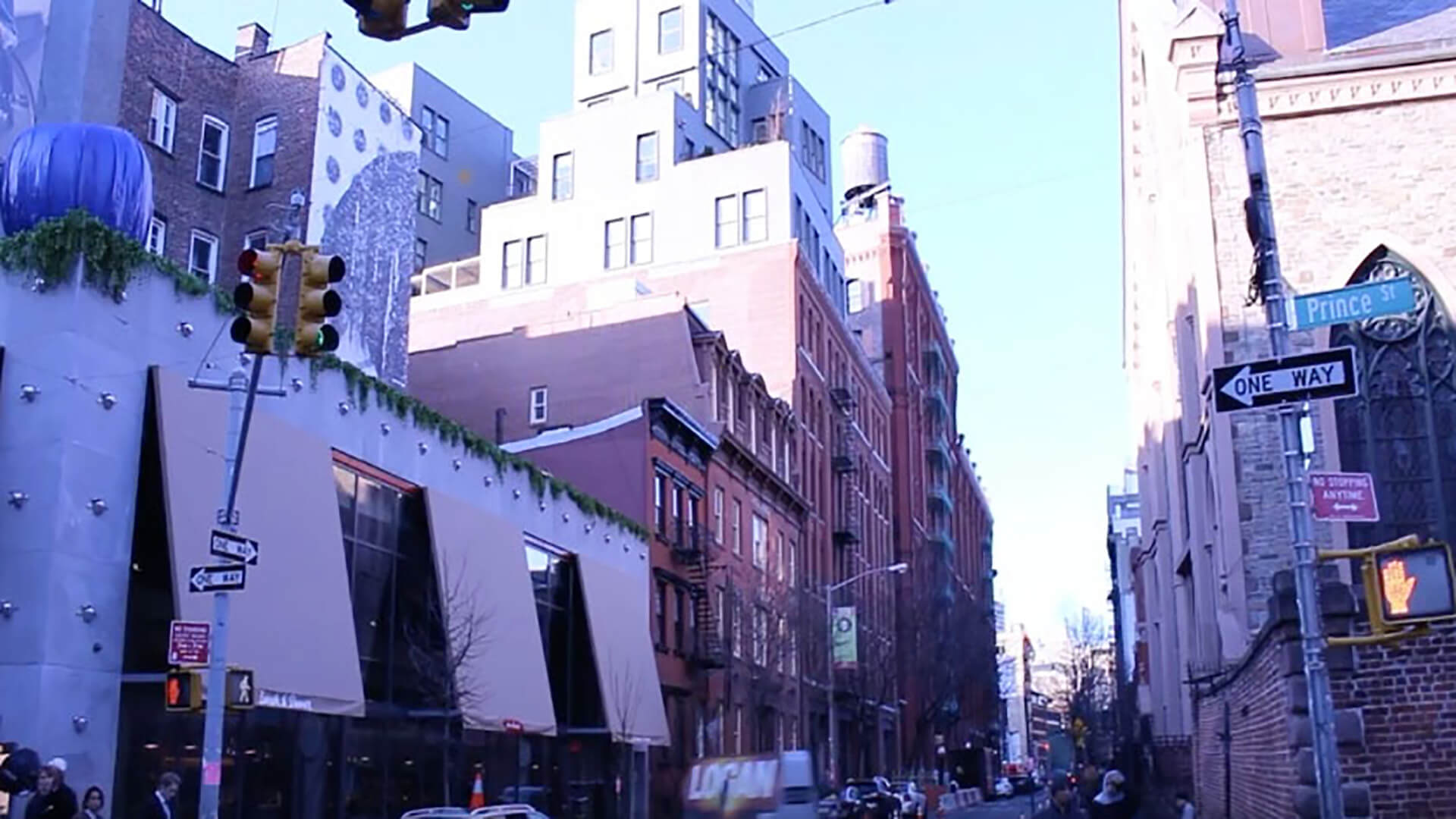
Jayden Lei’s video, Expressions of Feelings Through Architecture, highlights our inner thoughts and emotions through architecture around NYC. Lei’s narration accompanies his everyday commute. This is a piece that was created to remind everyone to embrace what is around you in spite of our on-the-go lifestyle. Many New Yorkers often miss out on details in their rush to be successful and they often forget that happiness and inner feelings are a very important aspect of their lives as well.
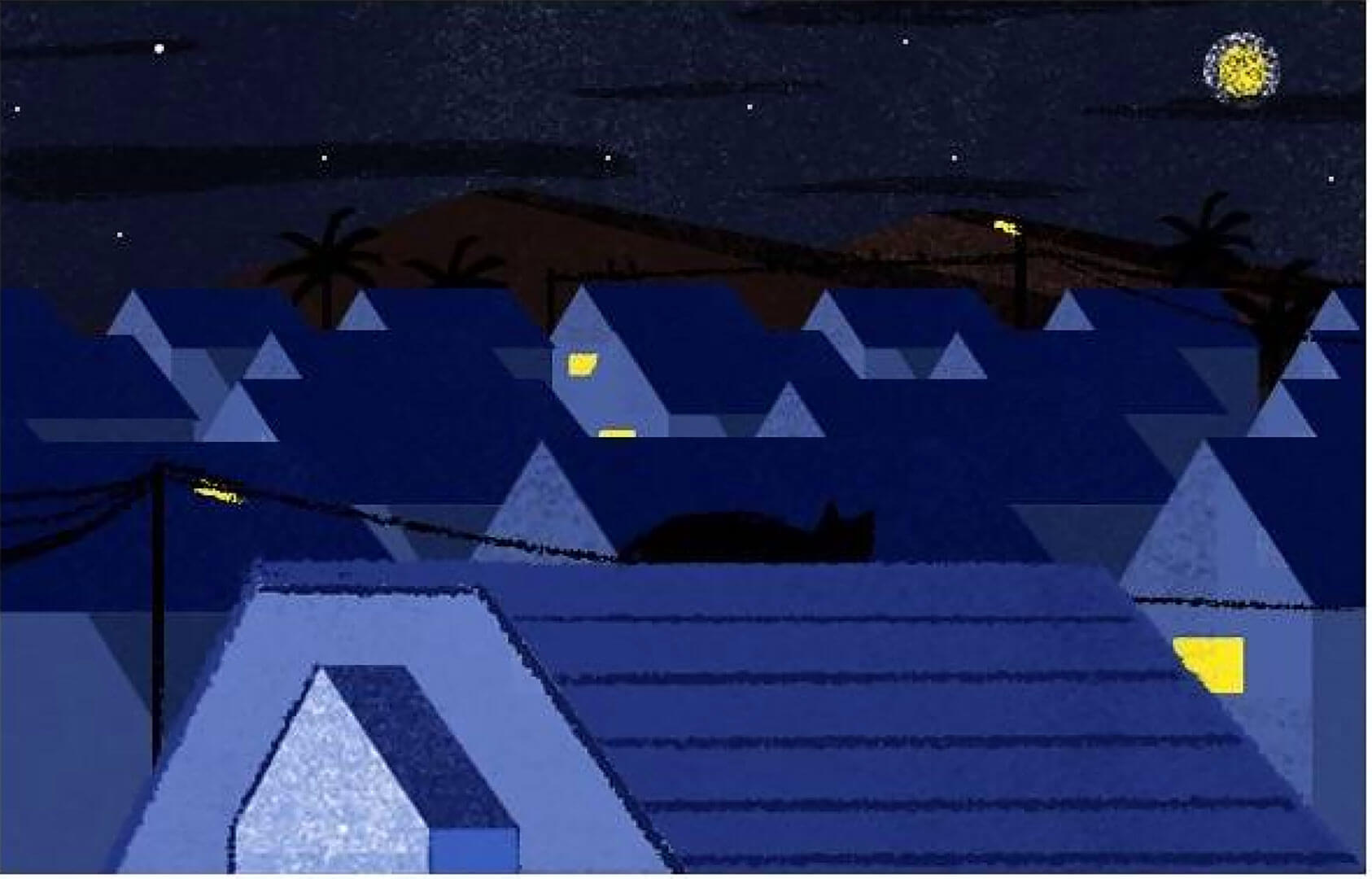
This work is a representation of the changing of the seasons that pass by, with a focus on light and its influence on the environment. Seeds, sprouts, and leaves represent each individual season. Changes in seasons, such as flowers blooming, are represented through abstract animation. There is a focus on the sky as the specific element of a rooftop environment, shows the passing of time through night and day.
Light plays a role in how the seasons and symbols change. As daily activities consume time and attention, spring becomes summer and then winter. With summer comes a chance for connection between individuals surrounded by an absence of life in their environment. A story develops between two cats on top of the rooftop. Flowering and relationships weave together in an animation that hints at the potentials that each season brings.
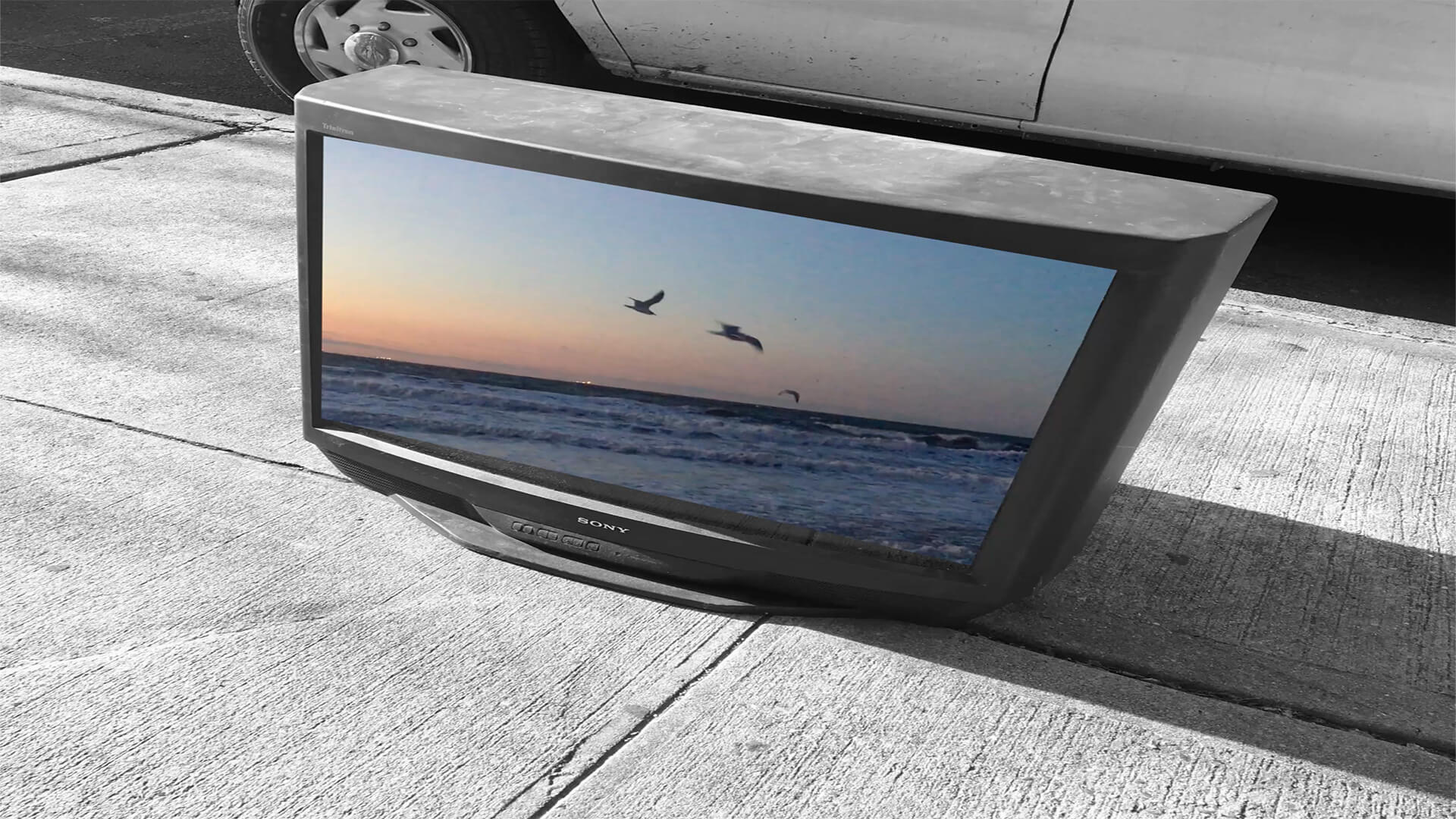
Seungho Yang is inspired by the visual experience of nature and the environment. Serendipity is a video with an original soundtrack that express Yang’s life in New York. It shows how he has always wished to see nature even while he spends most of his time in buildings. Yang creates an alternate reality for viewers by allowing them to experience nature within an urban background.
Combining still photography and video, he inserts missing nature into representations of life in the city, such as advertisements in subways, mirrors in bathroom, or doors in buildings. Yang hopes that this will inspire viewers to see beyond the surface of the city views around them.
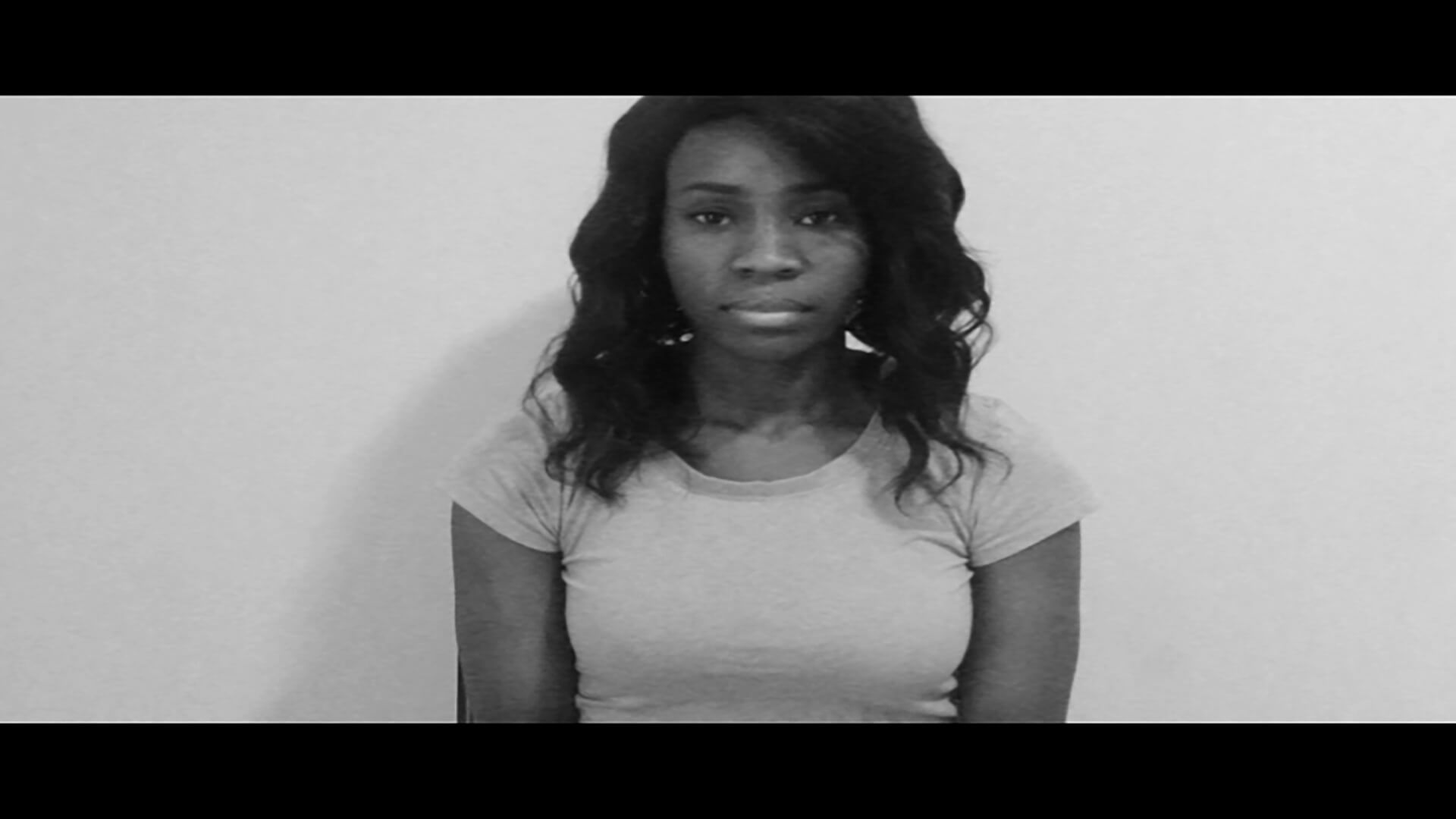
Inter-Rational explores the intersectionality of modern life through the lens of an international student at a time where culture, race, and class seem to play a large role in the definition of one’s character and future. Beyond this, Roxanne Branford tackles issues of isolation, loneliness, and anxiety that stem from the pressures of being a student in a new environment.
She narrates and performs the piece with stunning composure juxtaposed with expressive narration. The resulting piece represents the conflict that international students face when struggling with these issues internally, while continuing to perform in school and work normally. As an international student herself, Branford offers a unique and powerful window into the struggles of international students and opens the door for larger discussions about race and class in America.
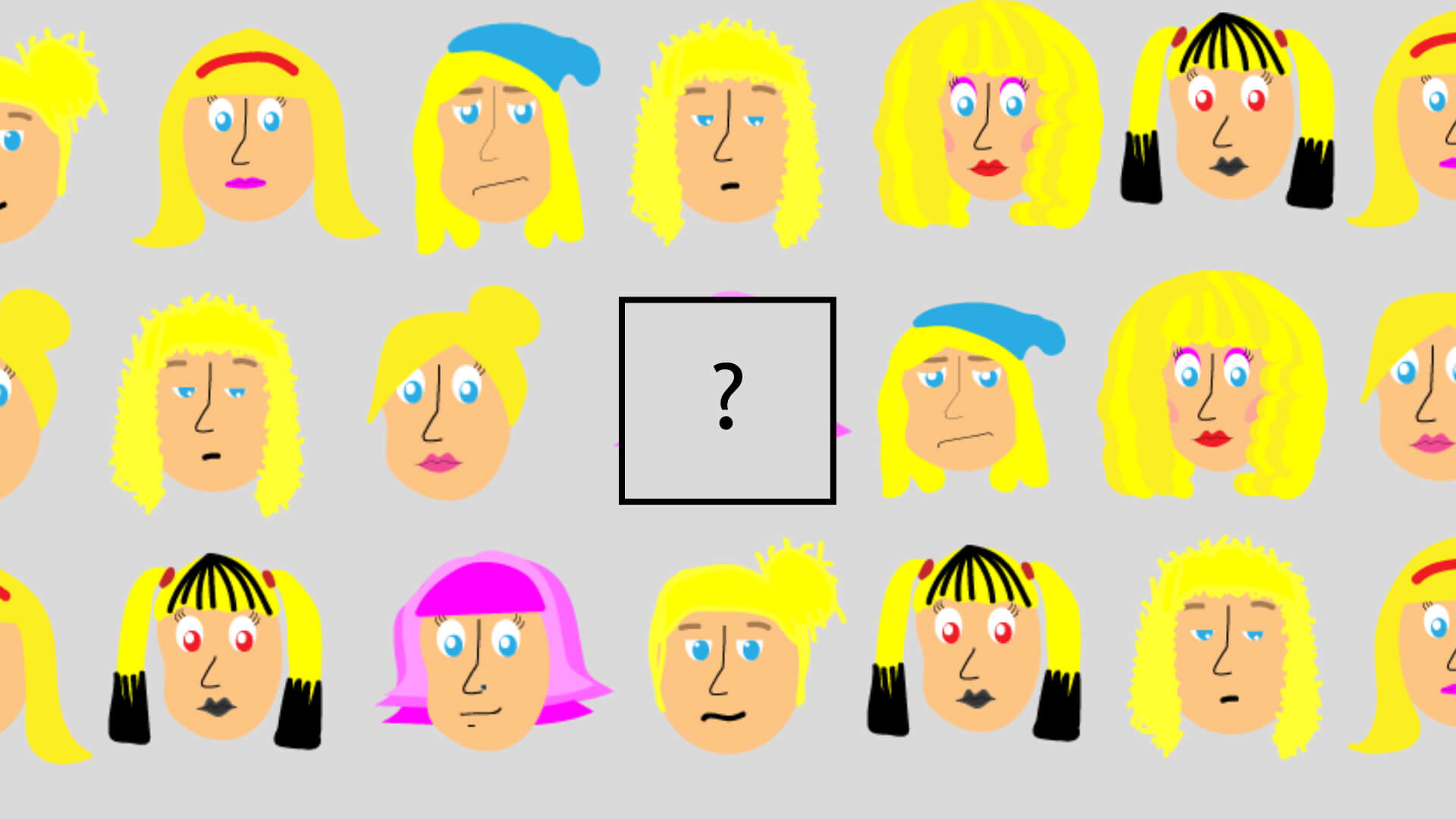
Who Are You Now? is a video animation that deals with personalities. In this work, Emily Fariello explores how people choose different personas in different societal scenarios on a daily basis. Through her work, she wants to highlight that it is human nature to present oneself this way. Fariello expresses her ideas through hand-drawn scenes that are based off of real-life situations, but transforms those scenes in to a video game.
By adding elements of a game interface, Fariello effectively shows that personalities are options. The main character, a faceless girl, moves from scene to scene and decides who she thinks she should be at key moments. Her personality options drive how the scenes unfold.
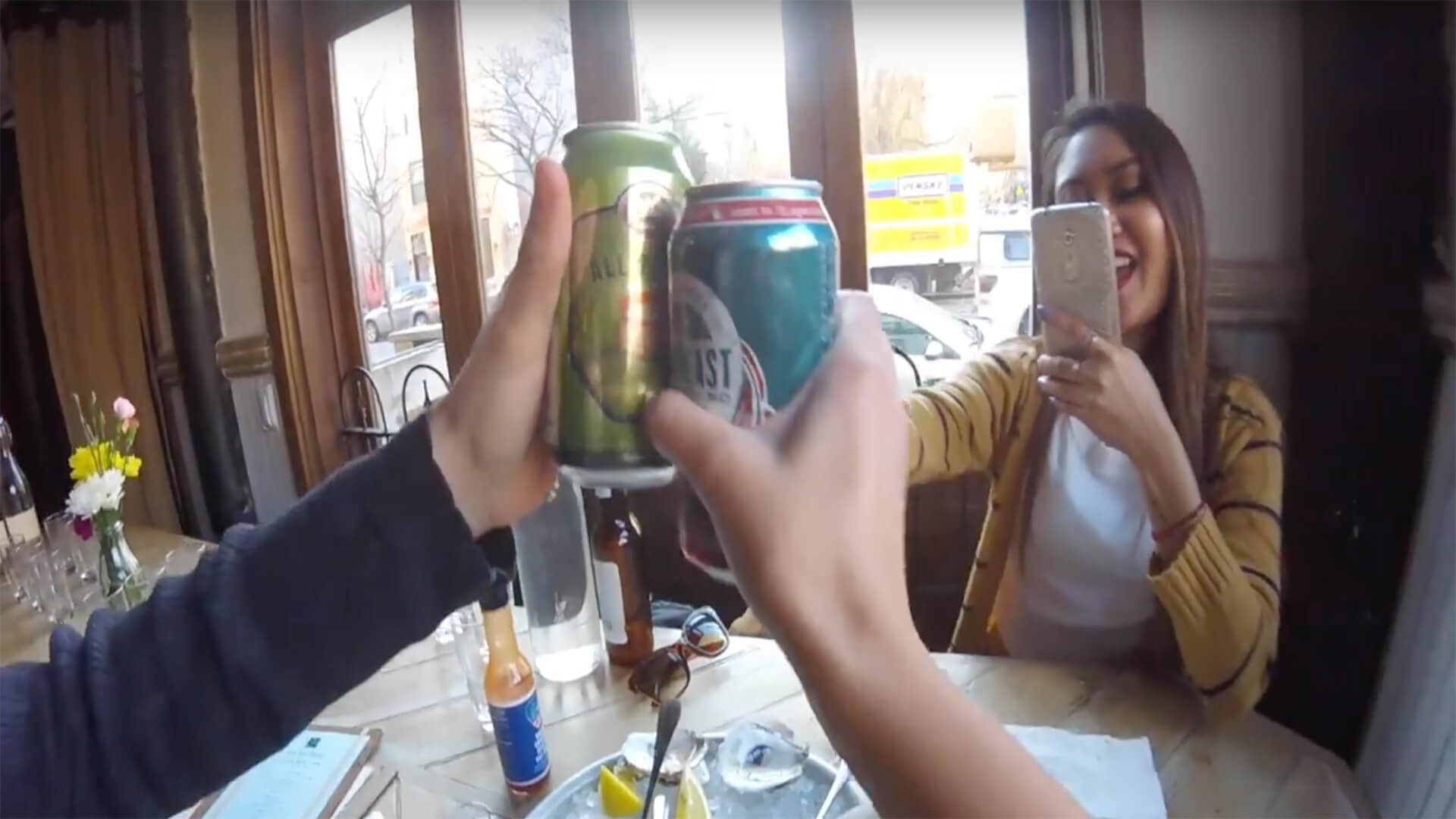
“Life can be boring and repetitive, until one does things they love, and that’s when it starts to turn into color.” In her video, Beyond the Emotions of the Beholder, Kate Follett expresses the different sentiments that she experiences when dealing with the monotonous, overwhelming, or joyful moments of her life in the city. Using a GoPro, Follett captures “through her eyes” different activities of her daily routines and eventful moments in her life to give her audience an immersive experience.
The artist uses black and white visuals to depict the dullness and lack of excitement of living a repetitive and bustling city life. Meanwhile, colorful visuals are used to highlight the remarkable moments that have more meaning and excitement while doing the things that one enjoys and loves.
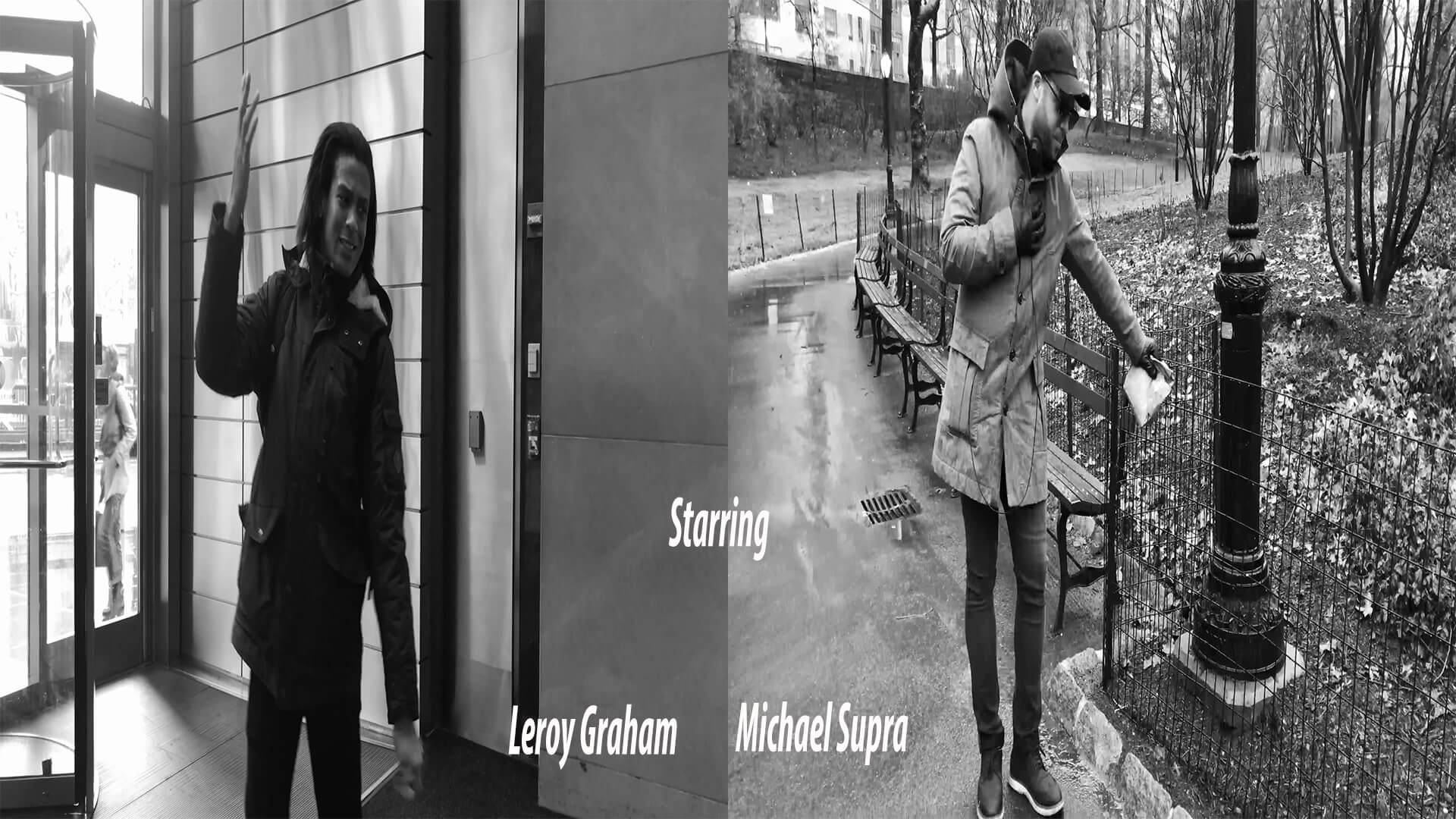
That’s How I See Me is a film that about unsupportive friends, “those who only drill holes under your boat to get it leaking and discredit your ambitions and pretend to love you.” Roksolana Kotskovych explores this issue through the lens of humor, by employing the melodramatic acting of silent film. The main character, Mike is an ambitious guy who wants to be a DJ.
He struggles even though he has the skill, desire, and appearance because he has no support from his close friends. Those friends who he thought were real turned out to be unsupportive. Through this work, Kotskovych discusses what makes friendships genuine or not. By using humorous strategies, Kotskovych allows the audience to enjoy the film without emotional pressure.
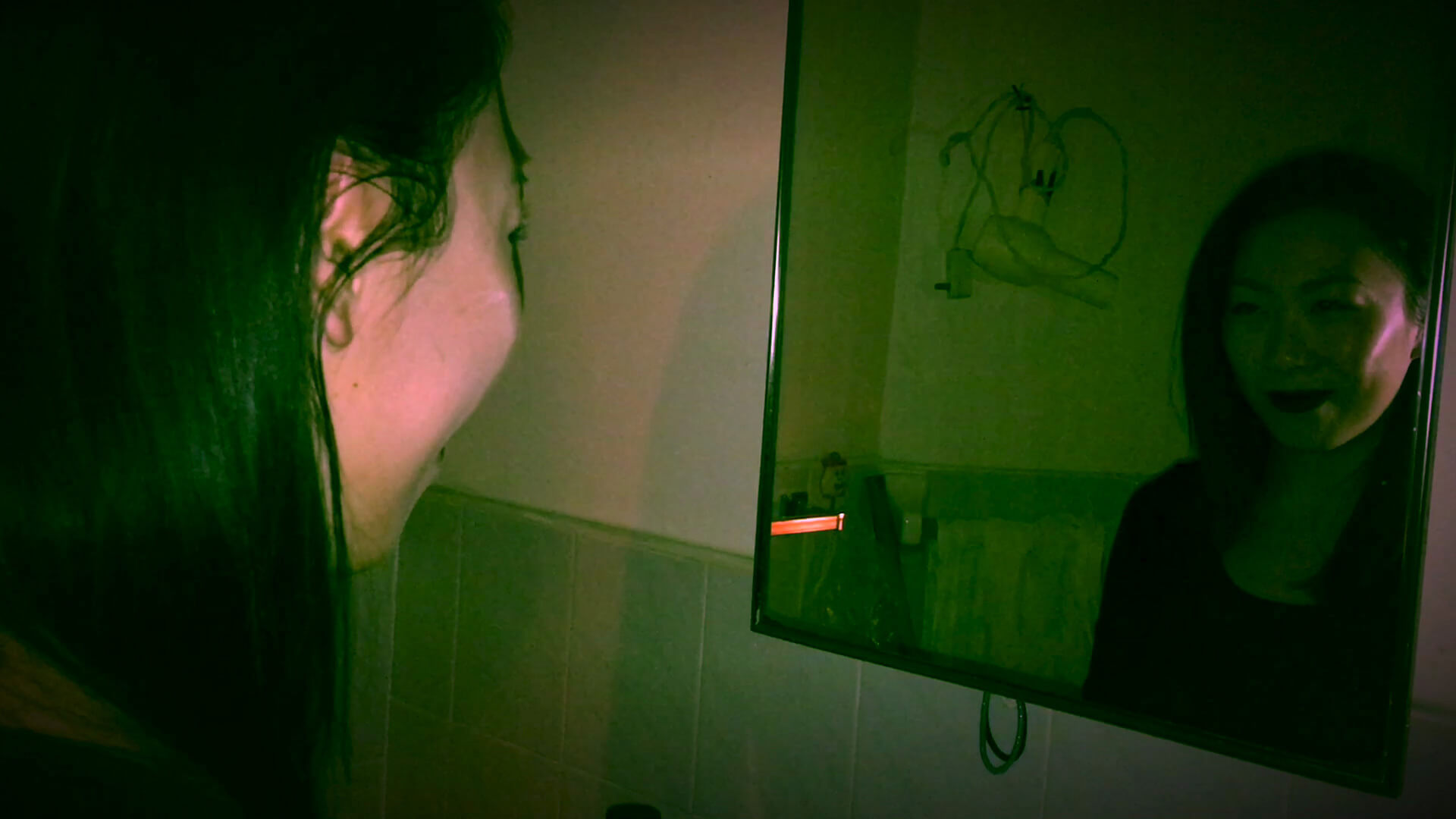
Dark Vision is a suspenseful short film in which the artist, Irene Zhang, recreates nightmares she had in the past. As a young child, Zhang watched numerous horror movies. As an adult, this has caused her to have nightmares, losing sleep and often waking up trembling. Zhang wants to bring awareness of the psychological impact of watching horror movies for children when the films may not be age appropriate.
Dark Vision was recorded on iPhones, giving it a natural feel. The video has several twists and suspenseful moments intended to let viewers inside Zhang’s dreams.